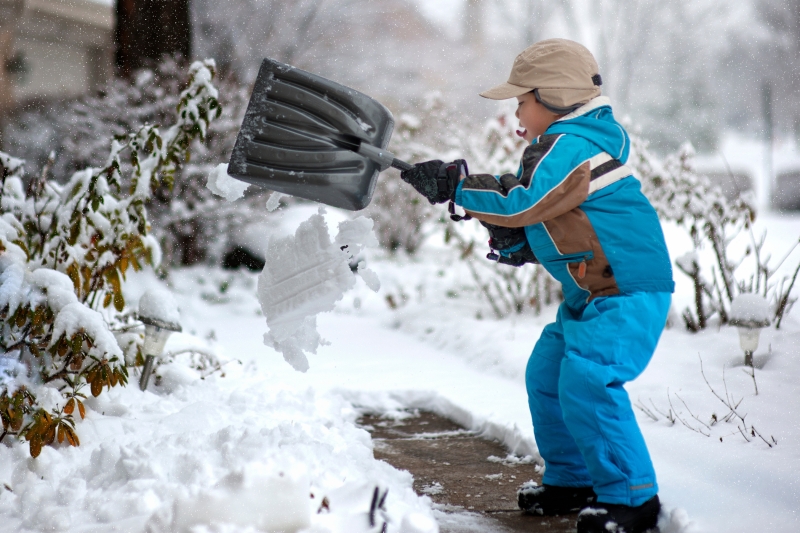When it comes to Ontario winters, there’s one thing you can always count on: Snow. And sometimes lots of it. Like wind or rain, snow can damage our homes and endanger our health in many ways.
It’s important to make sure that we’re on top of the snow situation during winter months. Sure, clearing snow is something we all know how to do, but how can you be certain that you’re getting to all the right areas around your home?
Whether you’re a die-hard old schooler who swears by the shovel or you embrace the convenience and technology of a snow blower, here are some common (and other less common) spots that should always be part of your snow clearing routine:
Foundation
After tackling the driveway, front steps, and walkways, you’ll probably move on to other areas adjacent to your home. As you do so, remember to keep the area around your foundation clear. Water from melting snow could end up seeping into existing cracks within your foundation and result in damage to your home and belongings. It’s a good idea to inspect these areas for cracks before winter weather approaches.
Outdoor exhaust pipes and vents
As you remove snow from around your home’s foundation, make sure that your exterior exhaust pipes and vents for your furnace, dryer, fireplace, and stove are not buried in snow, covered in ice, or clogged in any way. Blocked exhaust pipes and vents can interfere with the proper functioning of these appliances and lead to deadly carbon monoxide buildup in your home.
Driveways and walkways
Clearing driveways and walkways is not only critical for avoiding slips and falls, but also frost damage. Frost can get hidden by snow and wreak havoc on concrete and paved surfaces, leading to cracks and other damage. By keeping these areas clear of snow, you can prevent unpleasant surprises in the springtime.
Window wells
If your home has window wells, you’ll want to keep them clear of snow. Snow accumulation in window wells can cause water to enter your basement when it melts, where it can cause damage to window frames, walls, and other finishings. Another option to consider is to safely cover your window wells during winter months.
Roof
While many of us would not think to clear snow from our roof (it looks so nice on holiday cards!), it’s an area that certainly demands equal attention. Ice dams can develop when the roof surface is warm enough to melt snow and the air temperature is still cold enough to freeze it back up again, and they can lead to water penetration. After a heavy snowfall, use a roof rake to clear the first foot or so of snow from the roof. You can also consider hiring a professional.
For more winter home maintenance tips, check out the Homeowner's Resource Hub
